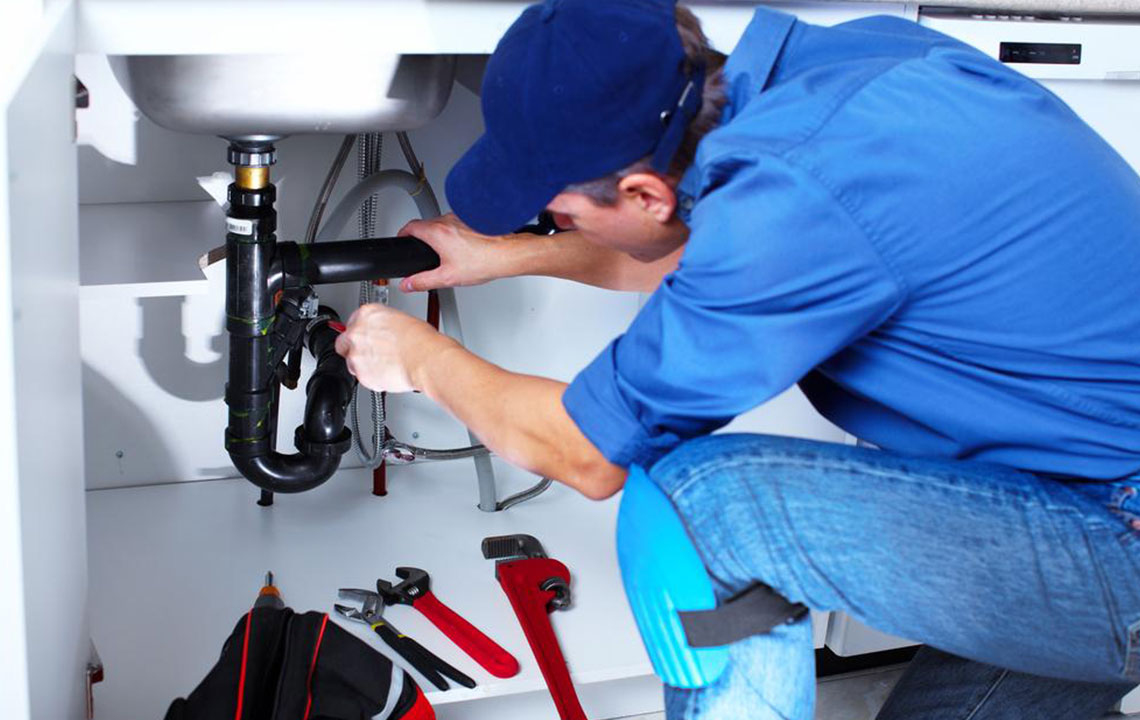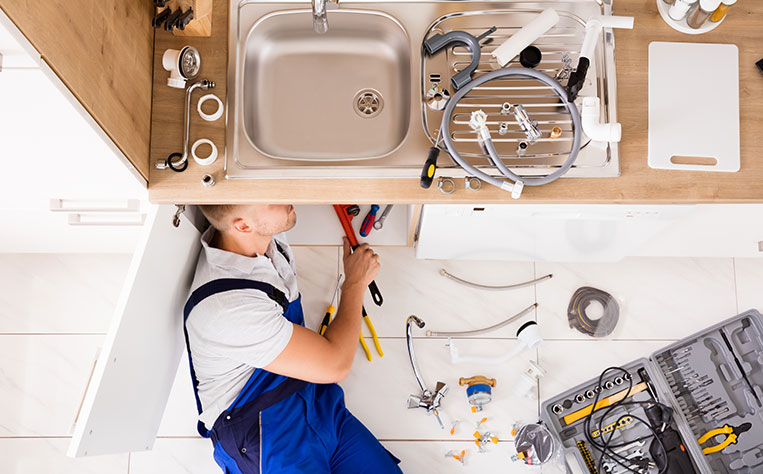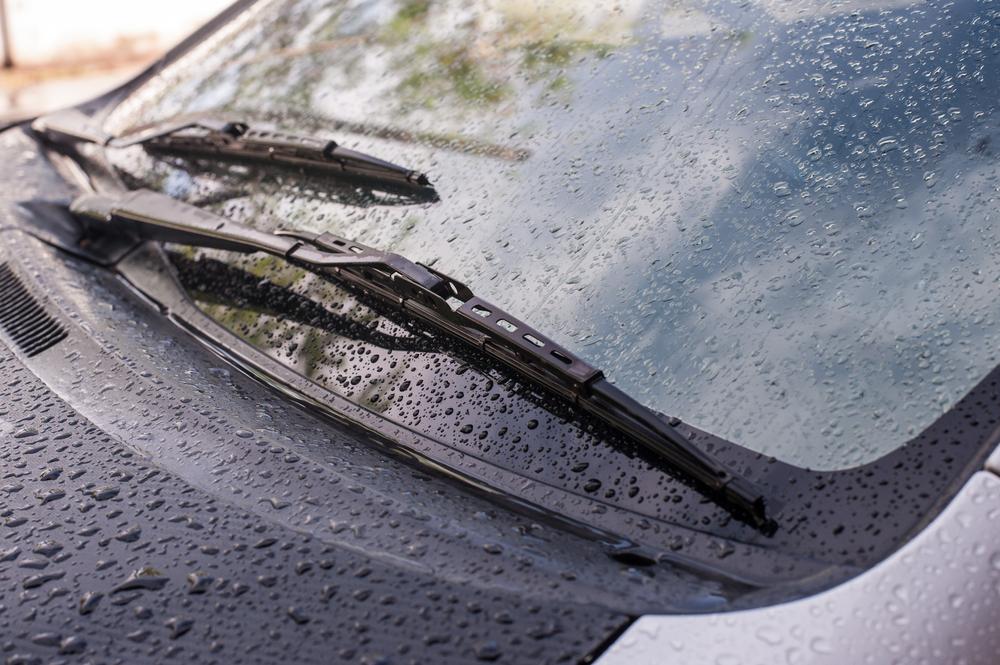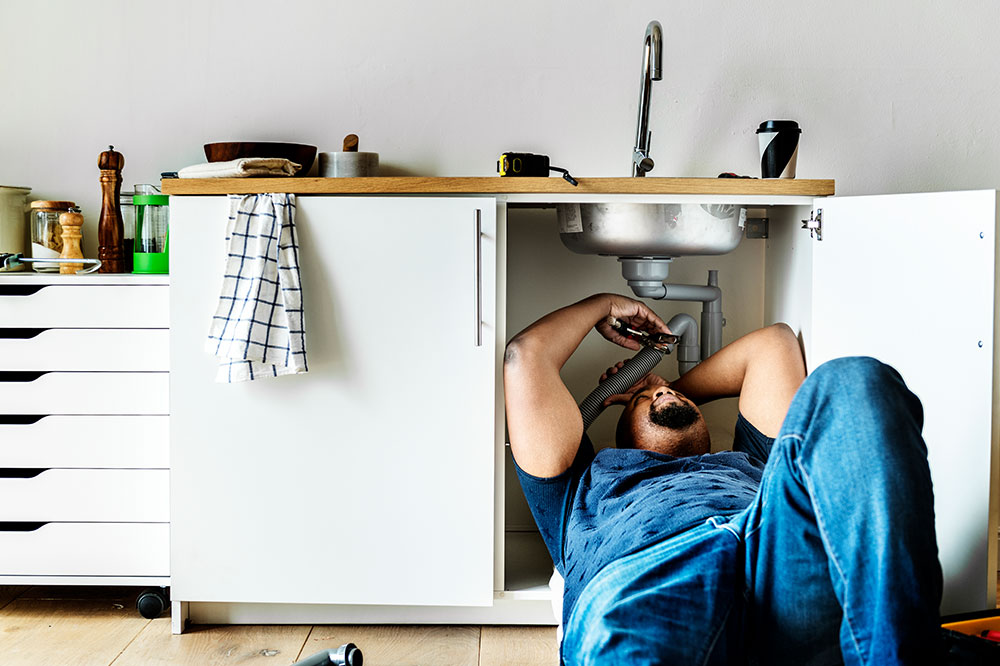Comprehensive Guide to Sewer Line Replacement: Types, Price Estimates, and Expert Tips
This comprehensive guide covers sewer line replacement options, costs, and expert tips for homeowners. Learn about traditional and trenchless methods, how to estimate expenses, and tips for choosing the right professionals to ensure a smooth, cost-effective process. Proper preparation and professional assistance are key to managing sewer repairs efficiently and avoiding future issues.
Sponsored
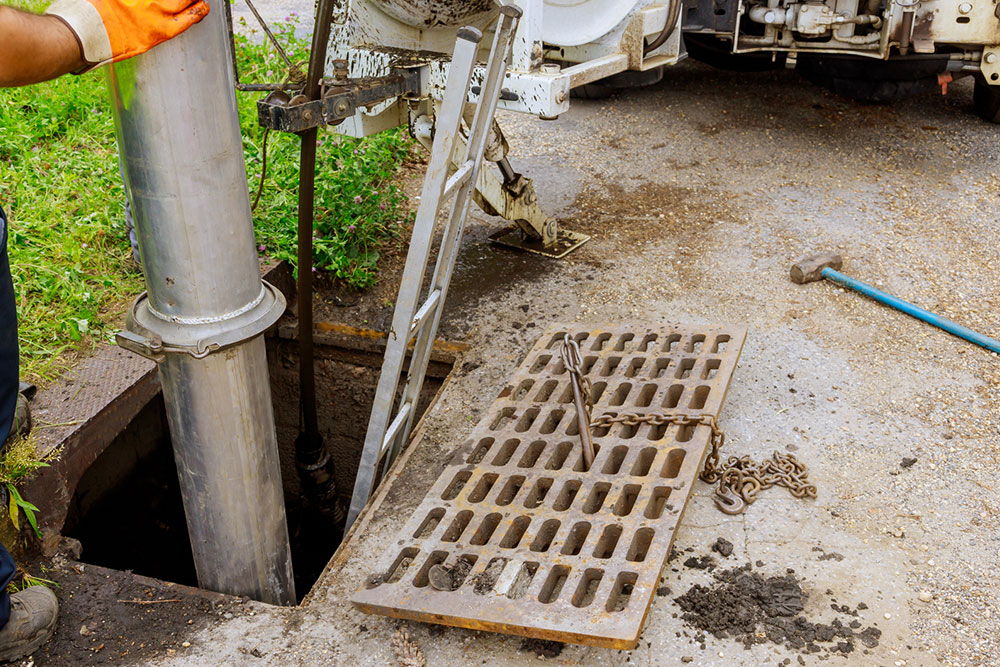
Complete Guide to Replacing Sewer Lines: Methods, Costs, and Best Practices
Sewer pipe issues such as blockages, leaks, or damage can develop over time, posing health risks and potential property harm if neglected. While minor problems might be fixable through repair, persistent or severe damage may necessitate sewer line replacement. Before initiating replacement, it's essential to understand the process, options, and associated costs to make informed decisions.
Replacement Types and Price Ranges
1. Conventional sewer replacement
This traditional approach involves digging a trench along the pipeline's path to remove and replace the damaged pipe. Many prefer this method for thorough inspection and ensuring no issues are overlooked. However, it is labor-intensive, time-consuming, and often costly, averaging around $7,500.
2. Trenchless sewer replacement
Modern alternatives eliminate the need for extensive excavation, making the process faster, less disruptive, and generally more affordable. Various trenchless techniques include:
Pipe bursting:
This technique uses a specialized drill to break the old pipe while simultaneously pulling in a new pipe. Small access holes are made at the pipe ends. It's a quick method but requires precision to prevent surrounding damage. Costs range from $60 to $200 per linear foot, translating to approximately $3,500 to $20,000 total depending on project scope.
Sliplining:
A smaller pipe is inserted into the existing damaged pipe, sealed with grout. It's an efficient process suited for long pipes, though it can reduce water flow and isn't suitable for smaller pipes. Costs are typically between $80 and $250 per linear foot.
CIPP lining:
Involves inserting a fiberglass or polyester liner inside the existing pipe, then curing it with air or water pressure. This method requires an access point like a manhole and costs roughly $80 to $250 per foot, totaling up to $9,000 based on the project size.
Tips for Effective Sewer Line Replacement
Seek expert advice: Consult experienced professionals to determine the most suitable method based on your specific needs, budget, and property conditions. Understanding pros and cons helps in making informed choices.
Budget wisely: Estimating costs upfront ensures preparedness. Remember to account for labor, materials, and unforeseen expenses, especially for complex installations under slabs.
Clear the work area: Remove furniture, landscaping features, vehicles, and outdoor obstacles before work begins to facilitate smooth replacements and prevent property damage.
Prepare for landscaping: Machinery excavation, particularly with traditional methods, can impact your yard. Allocate funds for restoring landscaping if necessary.
Hire qualified professionals: The success of sewer replacement relies on experienced contractors. Research reviews, seek recommendations, and verify credentials to ensure quality work.

